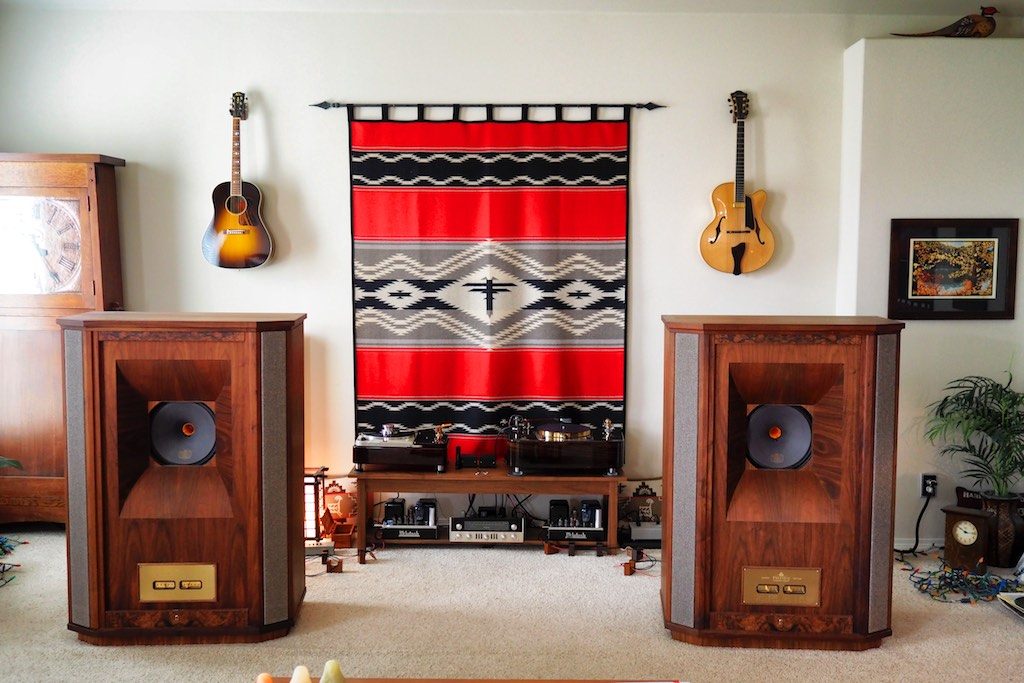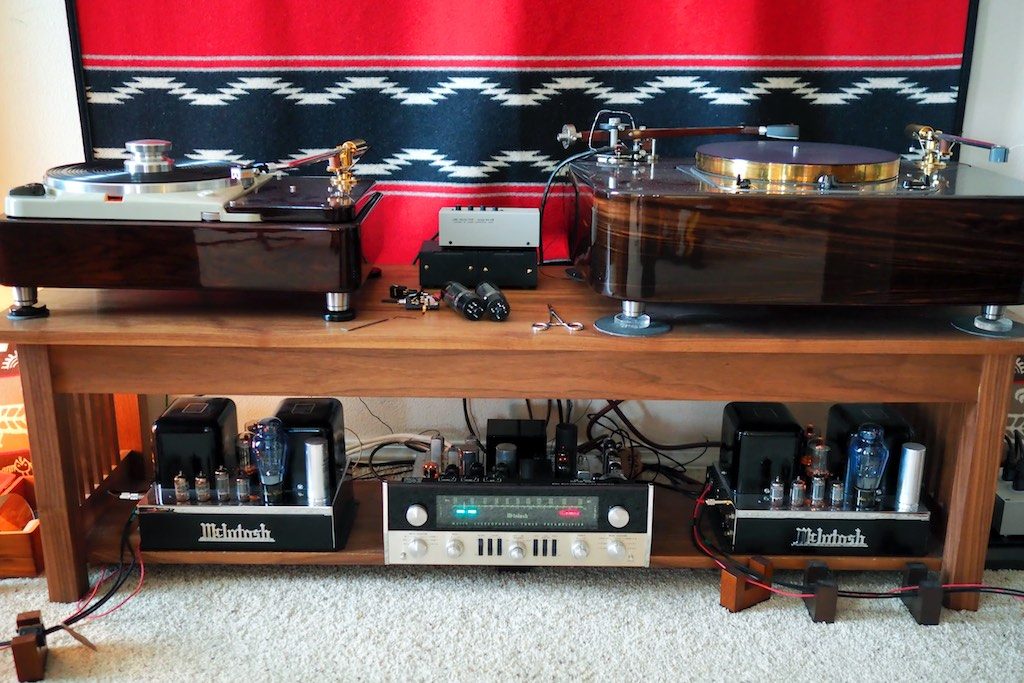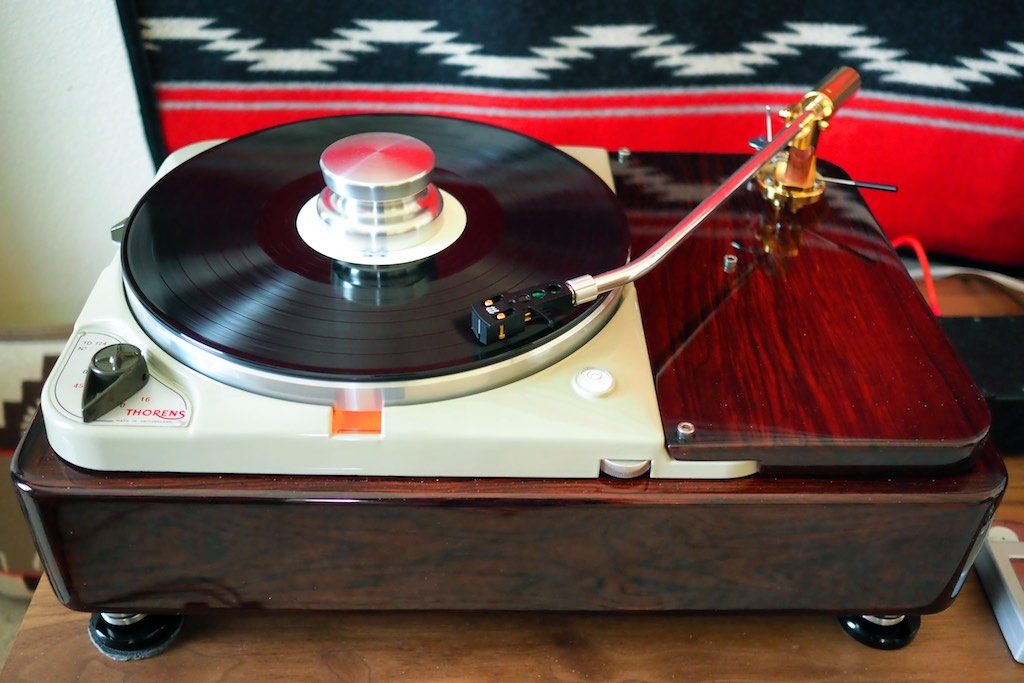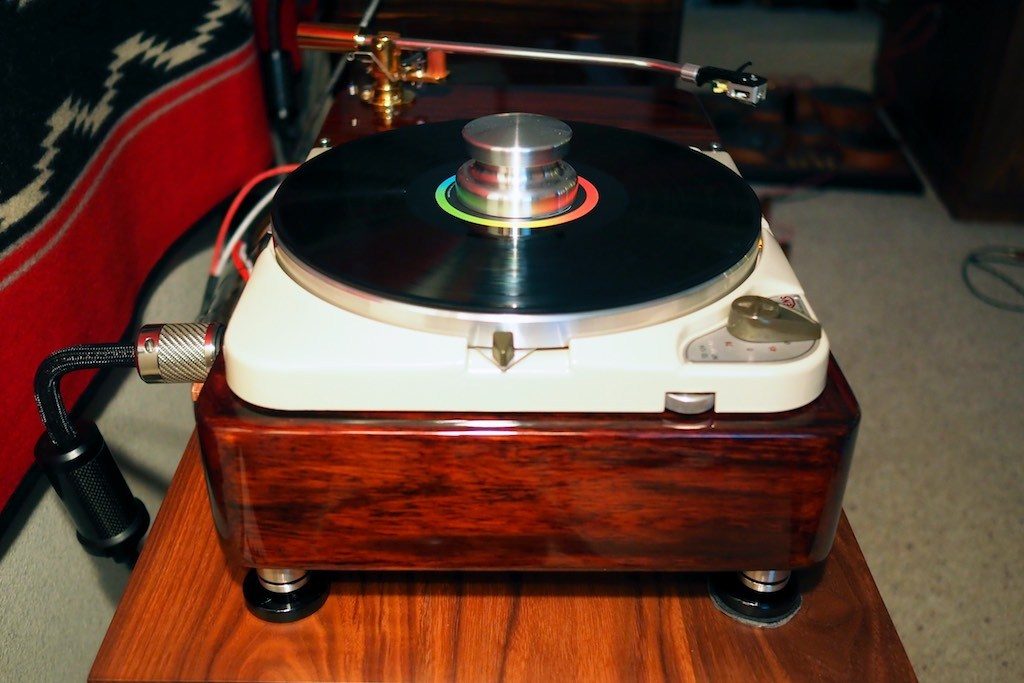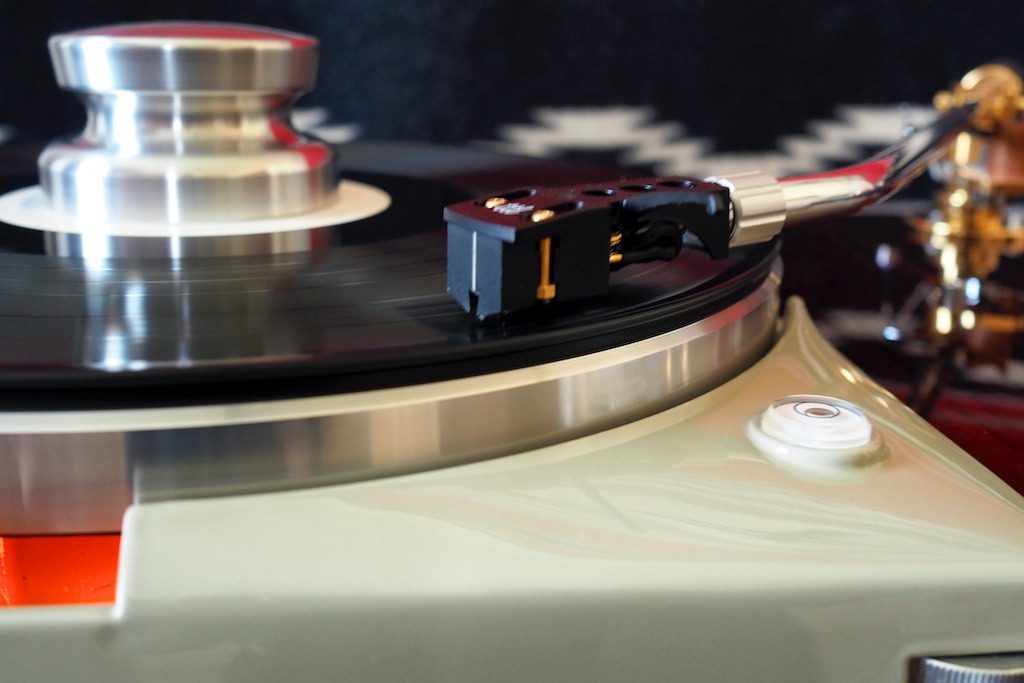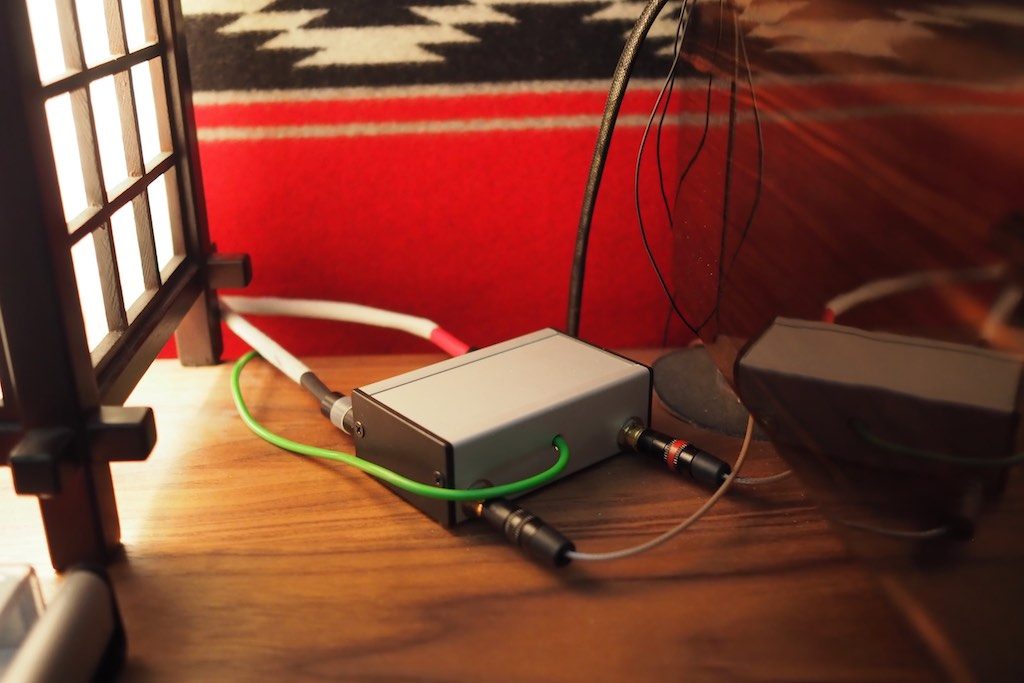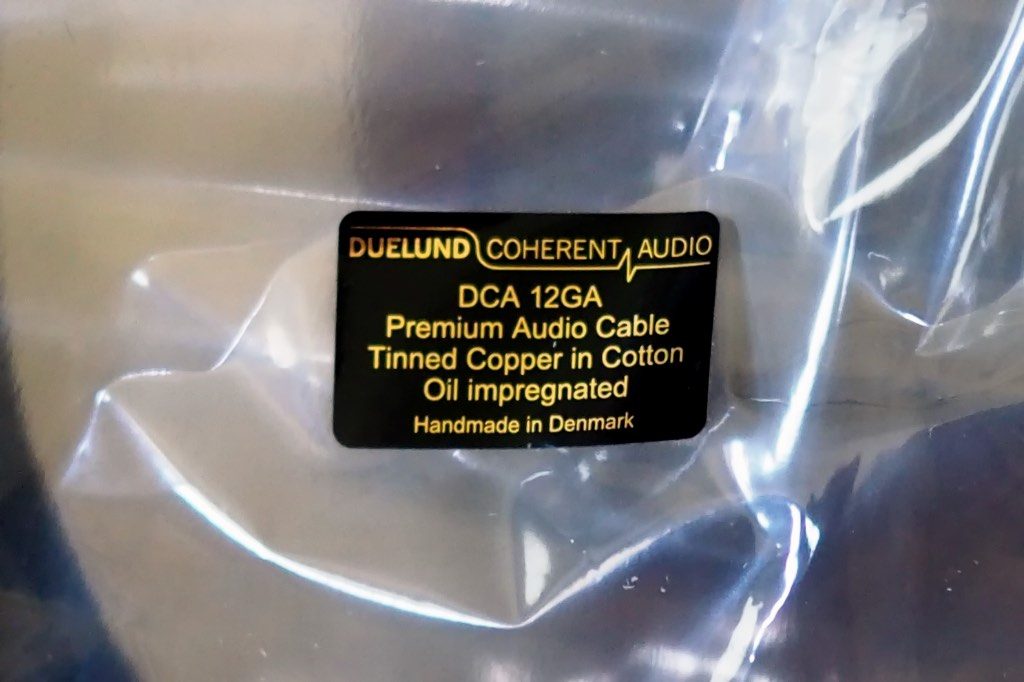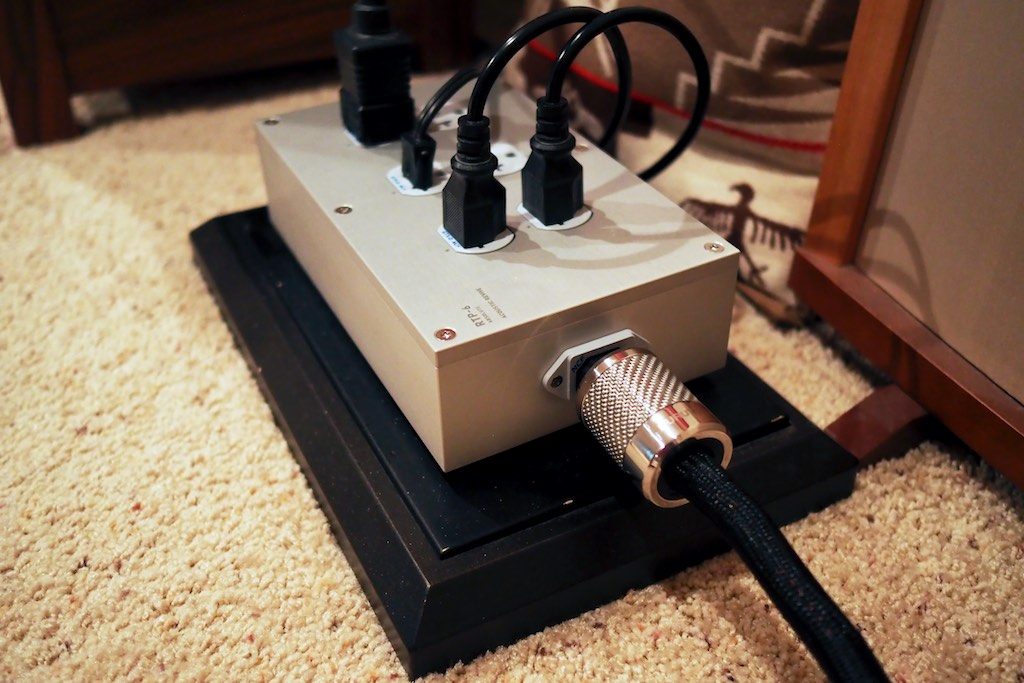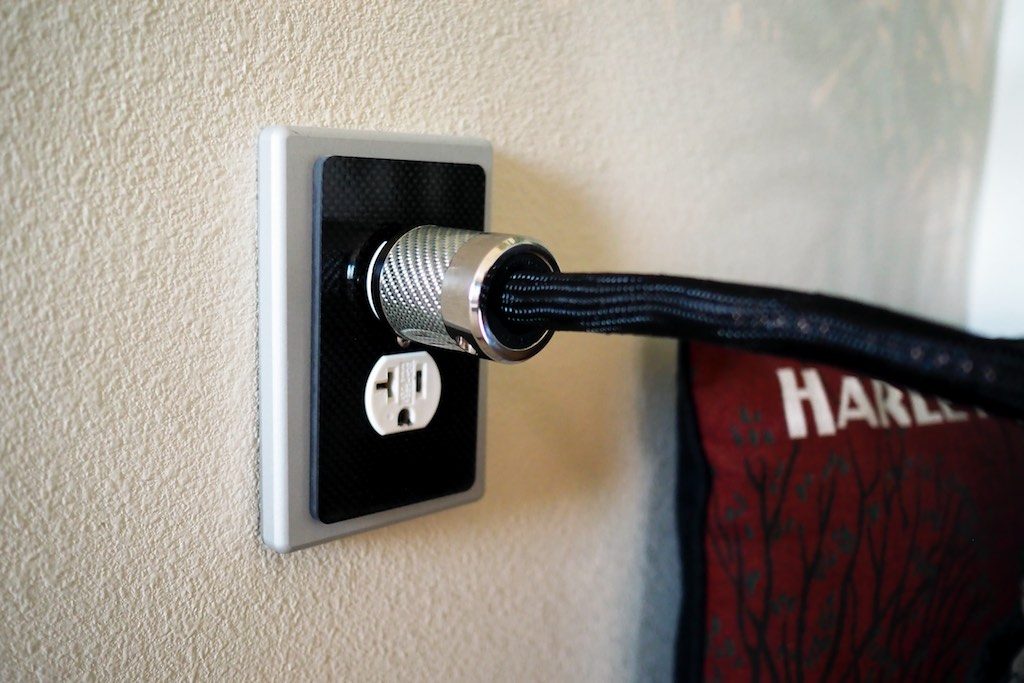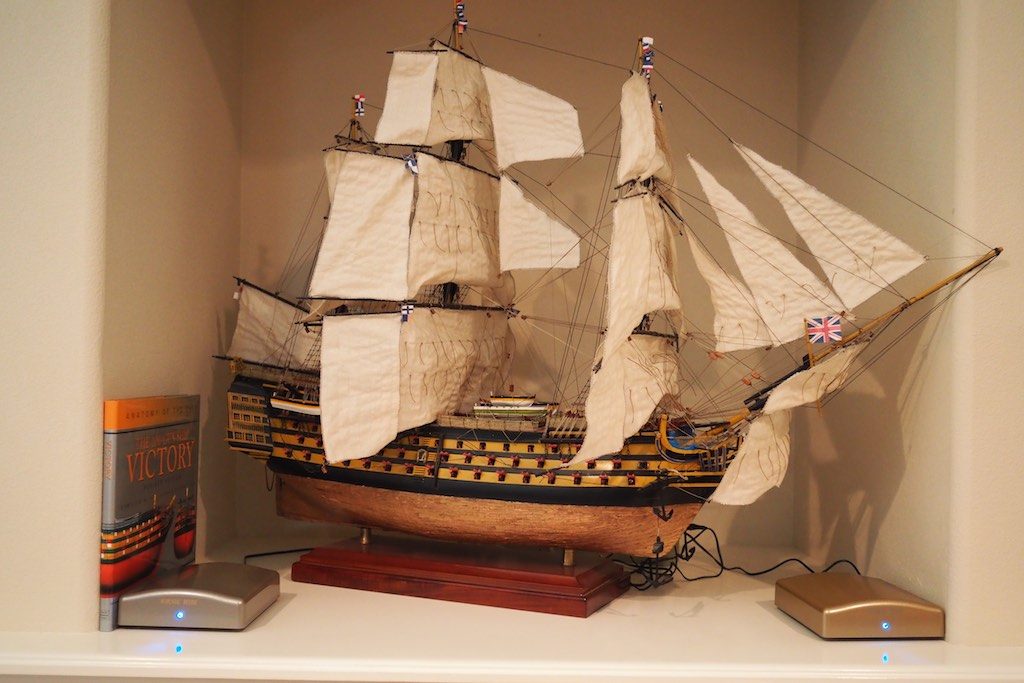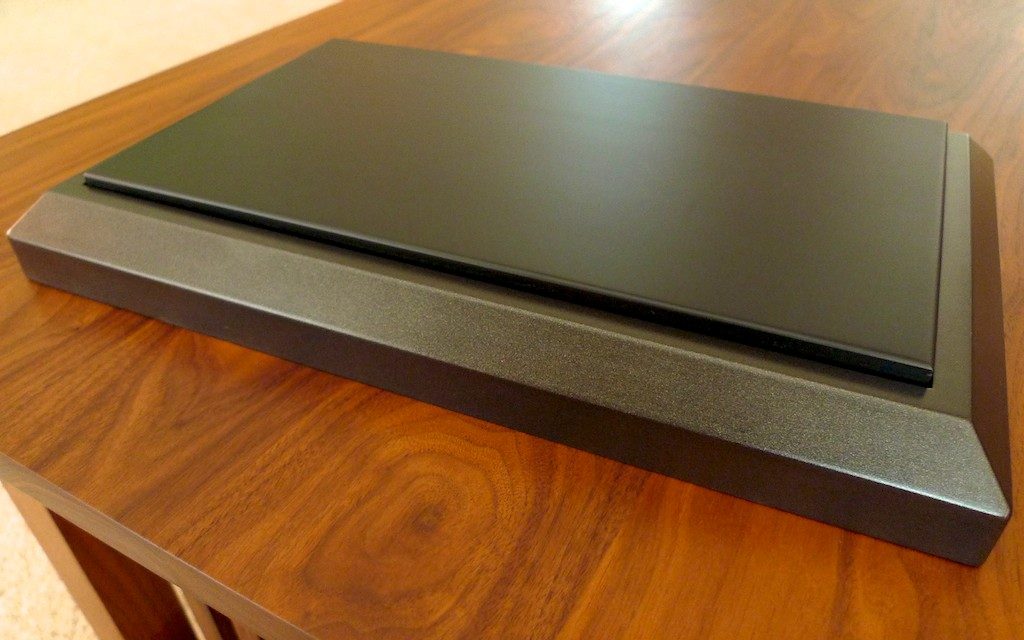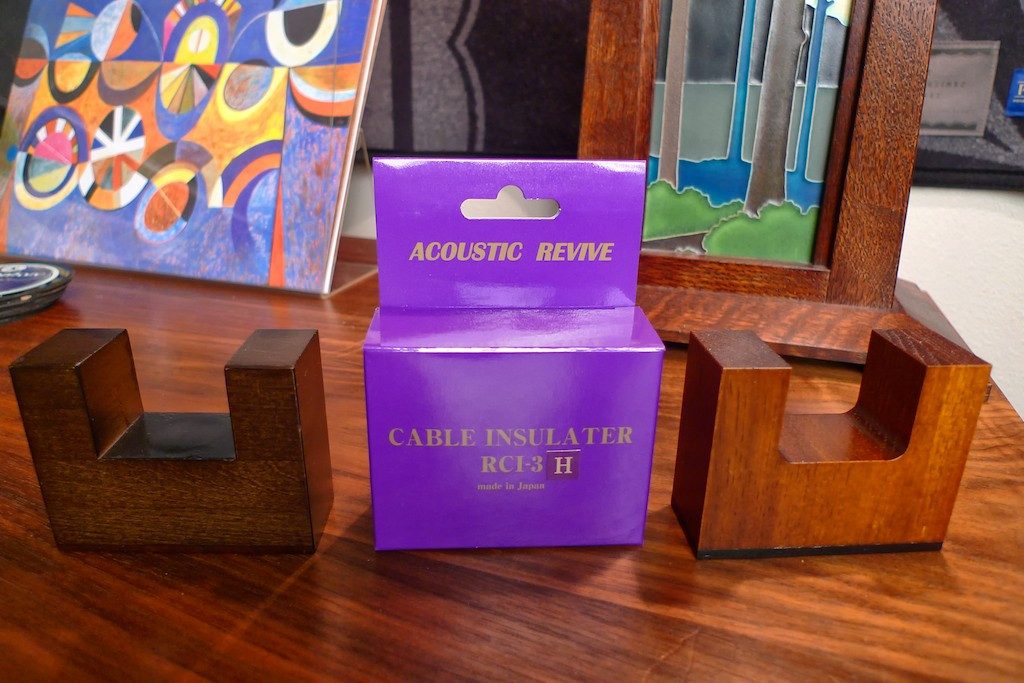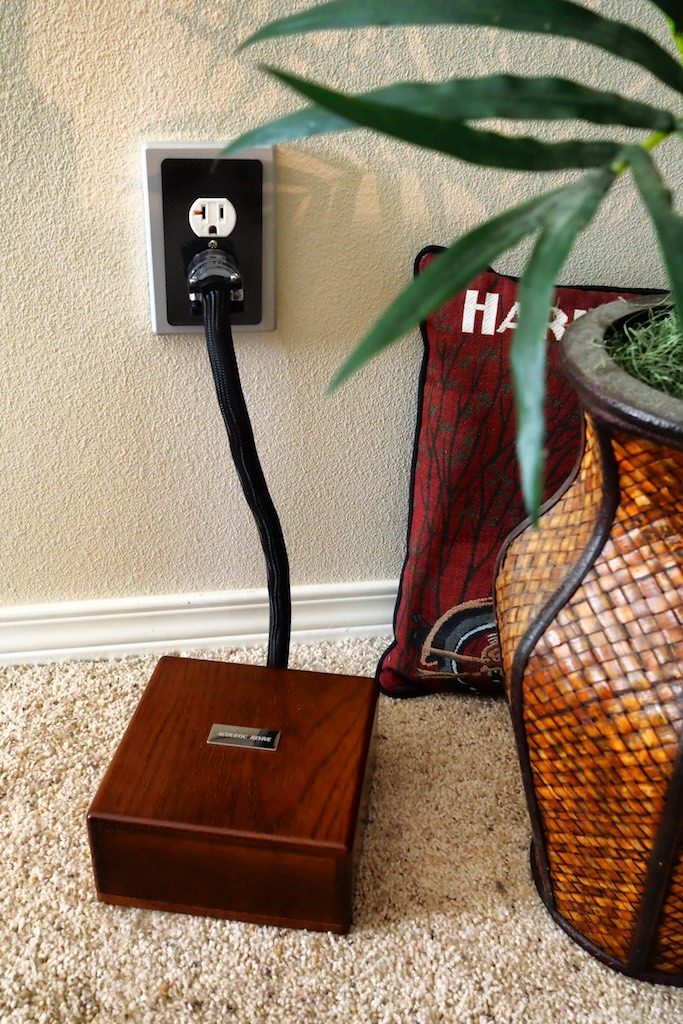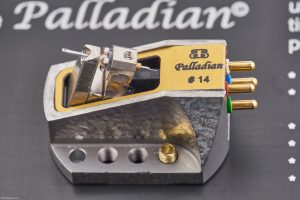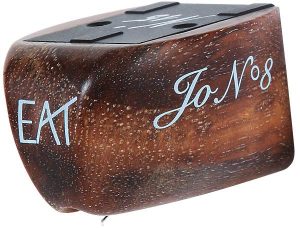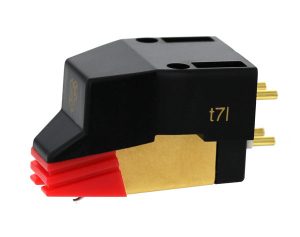For example, guitarists refer to how different types of tonewoods contribute to the overall voicing of a guitar by having a different mix of fundamental and overtones, harmonic content, sustain, velocity of sound, etc., and the use of tonewood tuning inserts for voicing the Audio MusiKraft Denon DL-103 are based on similar principles.
For an overview of these tonewood concepts Acoustic Guitar magazine has an excellent introductory article titled "A Tonewood Primer: How to Pick the Right Materials for Your Optimal Sound," that you can read HERE.
Guy says that for those who are unsure about which metal shell material or sets of tonewood tuning inserts would best serve their needs, he can provide some guidance based on which direction they would like the sonics and musicality of their hifi to go.
Together, these three voicing features provide a wide spectrum of voicing possibilities intended to allow the listener to fine-tune the Audio MusiKraft Denon DL-103 phonograph cartridge to harmonize with their hifi's particular voicing needs, and their own personal musical & sonic preferences.
Review System
For this article, I used my primary music listening system (above).
My loudspeakers are Tannoy Westminster Royal Special Edition's, rewired internally with vintage Western Electric WE16GA tinned-copper wire, with the internal crossovers bypassed in favor of custom external Duelund Coherent Audio CAST crossovers (below), which themselves are wired internally with the Duelund DCA series of tinned-copper wiring (see the Positive Feedback review of the Duelund line of DCA tinned-copper cables/wires HERE).
I'm using restored & hot-rodded vintage McIntosh vacuum tube electronics for amplification. For line and phono amplification & equalization I'm using the McIntosh MX110Z tuner-preamplifier, and for power amplification I'm using monaural McIntosh MC30 amplifiers (below).
I used my Artisan Fidelity Thorens TD-124 Statement turntable, mounted with a 12-inch Thomas Schick tonearm, as the source component for this review.
I use an RAS-14 TripleC NCF AC power conditioner to connect the Thorens TD-124 to wall AC.
I used my stock Denon DL-103 phonograph cartridge as a comparator for the Audio MusiKraft Denon DL-103 for this article.
To step-up the Denon DL-103's I used an Auditorium 23 step-up transformer (SUT) designed to complement the Denon DL-103.
My system cabling consists of a shielded pair of Duelund DCA20GA tinned-copper interconnects to connect the Auditorium 23 SUT to my vintage MX110Z preamp, to connect the MX110Z preamp to my vintage MC30 monaural amplifiers I used unshielded Duelund DCA20GA tinned-copper interconnects, and to connect the MC30 monaural amplifiers to the Duelund CAST crossovers of the WRSE's I used Duelund DCA12GA tinned-copper speaker cables. I used Art of Tone 22GA tinned-copper headshell leads, which nicely complement the performance of the Denon DL-103 phonograph cartridge.
All of my electronics are plugged into an Acoustic Revive RPT-6 Absolute NCF power distributor, which is connected to my wall outlet with an Acoustic Revive Power Reference TripleC NCF AC power cord (recently reviewed HERE).
My wall outlet consists of an Acoustic Revive CB-1DB receptacle base plate, CFRP-1F carbon fiber outlet plate, and an Acoustic Revive modified Oyaide R-1 receptacle, which makes for a very good sounding AC wall outlet, and provides a very solid & secure interface to plug the TripleC NCF Power Reference AC power cord into.
For accessories, I should mention the ever-present pair of Acoustic Revive RR77 & RR888 Schumann wave generators that provide room/system/brain(?) conditioning, …
… the Acoustic Revive RST-38 quartz under-board that I have under my Acoustic Revive RPT-6 Absolute NCF power distributor, which by the way, were the inspiration for the integrated under-boards built into my Duelund CAST crossovers, …
…, the Acoustic Revive RCI-3 cable insulators (lifts), and the three studio-like Acoustic Revive RWL-3 acoustic conditioning panels that you can see demurely standing in the background on the front wall behind my Westminster's, and on the right side-wall …
…, and an Acoustic Revive RPC-1 power supply conditioner for all of the wall AC that is plugged into a sidewall AC outlet.




